Holiday package tours were commonplace by 1979. But Thompsons (UK) was the first to offer one to The Gambia in West Africa in 1977. In 1943 the destination was described as a ‘hell hole’ by US President Roosevelt. At the height of WWII he landed at Banjul Airport and stopped off in Gambia’s capital, Banjul, before continuing his journey, to meet Britain’s Prime Minister Winston Churchill in Casablanca. It wasn’t until 1977 when Alex Haley’s novel, Roots, put West Africa people on the map.
Roots and Tourists put West Africa people on the map
It was the TV mini-series of Alex Haley’s novel, Roots, that created interest and put the West Africa people on the map. The site of Kunta Kinteh’s birthplace became a tourist attraction in The Gambia. Thompsons (UK) was the first to offer package holidays to The Gambia in 1977.
Landing at Banjul Airport
I was privileged to be one of the early Thompson ‘guinea pigs’, able to experience the uncommercialised capital of The Gambia, Banjul. But I had to endure an endless flight on a Boeing 737 charter plane to do so. A journey that should have taken no more than seven hours, took eleven. It ended in the middle of the night with, what felt like, a crash landing. I thought the pilot must have dozed off somewhere near Agadir in Morocco.
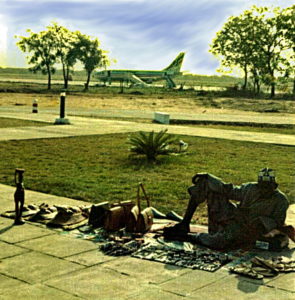
At that time Banjul Airport was little more than a clearing in the West Africa jungle. Had the contractors forgotten to rip the tree stumps from the runway prior to laying the tarmac? The only commercial enterprise at Banjul Airport was an open-air gift shop. Designed to hi-jack passengers on their way from the plane to the terminal building, the owner worked his socks off to sell his wares as you can see.
Unexpected in-flight entertainment
Charlie Williams, a well-known English stand-up comedian in the 1970’s, who died in 2006, happened to be on our plane and he entertained us wonderfully during the flight. He finally succumbed to the boredom of the long trip, or maybe it was too much booze that sent him to sleep.
Short but slow transfer
Out of the depths of an English winter in February, it was quite a shock to walk down the 737’s steps onto red hot tarmac. Even in the pitch dark at 2am, the temperature was 30c. While a million busy cicadas made more noise than the plane, we made our way through immigration. There were a few customs officers. The ones awake made cursory checks. The others continued to snore as we left the building.
A few First World War air-conditioned buses took us to our hotel on the beach. It wasn’t far but slow due to the state of the road. I should add, by air-conditioned, I mean all the windows were open.
My first African sunrise
As you can imagine I slept like a baby but was determined to rise before daybreak to witness my first Africa sunrise. I was the only one who woke and strolled through the hotel grounds to the beach. There, I sat alone in the darkness, on a driftwood log as the Atlantic’s warm, gentle waves rolled over my feet.
Although I hadn’t experienced it I knew the nearer to the equator, the faster the sunrise. The Gambia is 13 degrees north, so the transistion from night to day was quick and spectacular. I still had the old photo print of that morning. It was tatty but I transformed it into a digital oil painting on canvas to remind me of the scene.
Those were the days long before the advent of digital cameras. I took photos and found the prints in granny’s attic, scanned and restored them. See how. Every picture has a story. But first, let me explain a little about the history of West Africa, West Africa people, and The Gambia in particular.
West Africa – Where is The Gambia?
The Gambia is a gnarled finger of land in West Africa, bordering the river Gambia. It runs horizontally from the West coast through the middle of Senegal. Its official language is English and It shares historical roots with many other West African nations. The slave trade was the key factor in the placing and keeping of a colony on the Gambia River. First by the Portuguese and later by the British.
About 75% of the West Africa people who populate The Gambia, numbering 1.5million, depend on crops and livestock for their livelihood. Small-scale manufacturing includes processing groundnuts (peanuts), fish, and animal hides. The locals were skilled in making beautiful Batik garments and clay and earthenware pots.
How The Gambia and West Africa tourism began
So what prompted Thompsons to pioneer tours to the Country, described as a ‘Hell hole’ by Roosevelt? Every day is hotter than hell. If you forget your Yellow Fever, Malaria and other jabs, you may well come home in a box. In 1976, Alex Haley published a novel called Roots. It was made into a television mini-series the following year and received many awards.
The Kunta Kinteh story
Roots is about Kunta Kinteh and many subsequent generations of his family. Kunta Kinteh was a slave from West Africa, taken to America from the town of Jufureh 30 kilometres inland on the northern banks of The Gambia river. It was this mini-series that created interest and put The Gambia and West Africa people on the map. The site of his birthplace is now a common tourist attraction in The Gambia.
Dr. Livingstone I presume
Our room boy, Landing Bojam, found us a car, and we set off early one morning. His home village, near Tendaba town, was about 80kms inland from Banjul. The main road then was compacted dirt, so the ride was a rough and dusty one, once we got out of Banjul. It seemed the people from every village we passed through knew Landing, like he was a celebrity. It was fun, but I was hotter than I had ever been, as we poured ourselves out of the non air-conditioned old car.
Like film stars on location his whole village turned out to greet us. Dozens of children, fascinated by our appearance, touched our skin and hair in raptures of laughter. It soon became clear why, when Landing told us we were the first white people they had ever seen. The Chief had been to Banjul once, and was the only person there who had seen a white man. I felt like a modern-day Doctor Livingstone in Africa.
Hospitality as genuine as it can be
It would have been impolite to refuse genuine Africa hospitality. But when I was offered a bowl of palm wine in which several dozen flies were floating, I had to force myself to accept it. Landing laughed and showed me how to drink it without swallowing one fly. He just blew the flies to one side and handed it to me so I could drink. I found it was as easy as he said, and soon I was nearly as drunk as the flies the wine had killed. Boy, that stuff was strong.
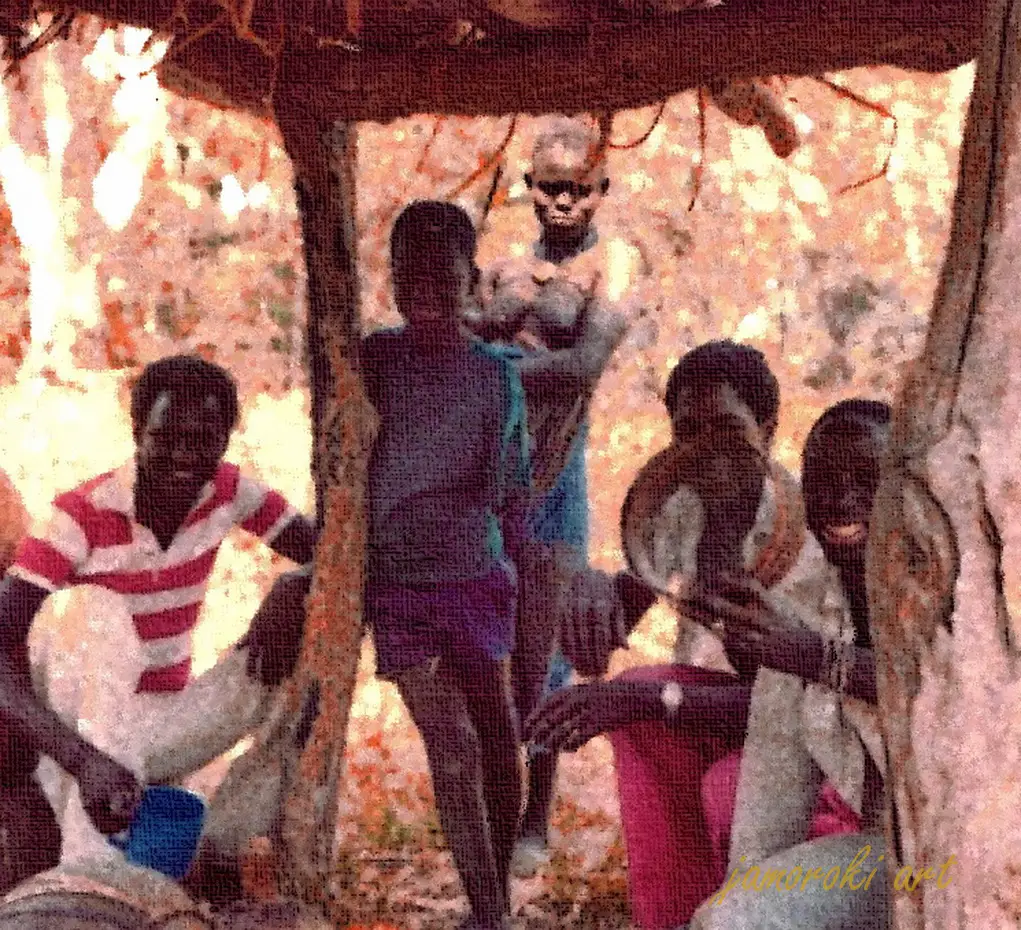
Navigating the Mangrove Swamps
Banjul is full of mangrove swamps. So, we took a boat trip to a village not far from town. When we moored and traversed the rickety boardwalk, dozens of excited children ran to greet us shouting their welcome. Jostling with each other to get near us, the lucky ones, who grabbed a hand first, took us to their homes to meet their parents. I didn’t see the others in our small party for half an hour, as they whisked me from house to house.
Meanwhile the village women cooked lunch over open fires in a communal circle. I was apprehensive, but the goat curry and rice was far better than I expected, as I ate with hands in the traditional way. I must have been hungry.
So many Memories – Final Thoughts
I have so many memories of that first visit to Africa. At times it was unbearably hot and not good for my sensitive tummy. I spent some days running back and forth to the loo. But when I look back, it was the most rewarding of travel experiences. Not least because we were among the first tourists to The Gambia and a source of wonder to the locals who were so pleased to see us.
I wondered how long it would be before the novelty wore off and the locals became infected with the money bug. It is a great place to visit. If you are planning a holiday in the Gambia or anywhere else abroad, don’t forget to take stout travel bags. Baggage handlers don’t care if your underwear lands up on the tarmac.
I found this letter amongst the photos, which a school-girl wrote to me after I returned to England. Reading it again after so many years brought a tear to my eye. I wondered if she was still waiting for me. I’m not sure how I would feel now if I returned. Seeing modern photographs of a developed tourist destination with all ‘mod cons’, I suspect it may not be good for my soul. Anyway, it’s unlikely to happen. But I have my old pictures to remind me of a unique experience and Amal’s lovely letter.
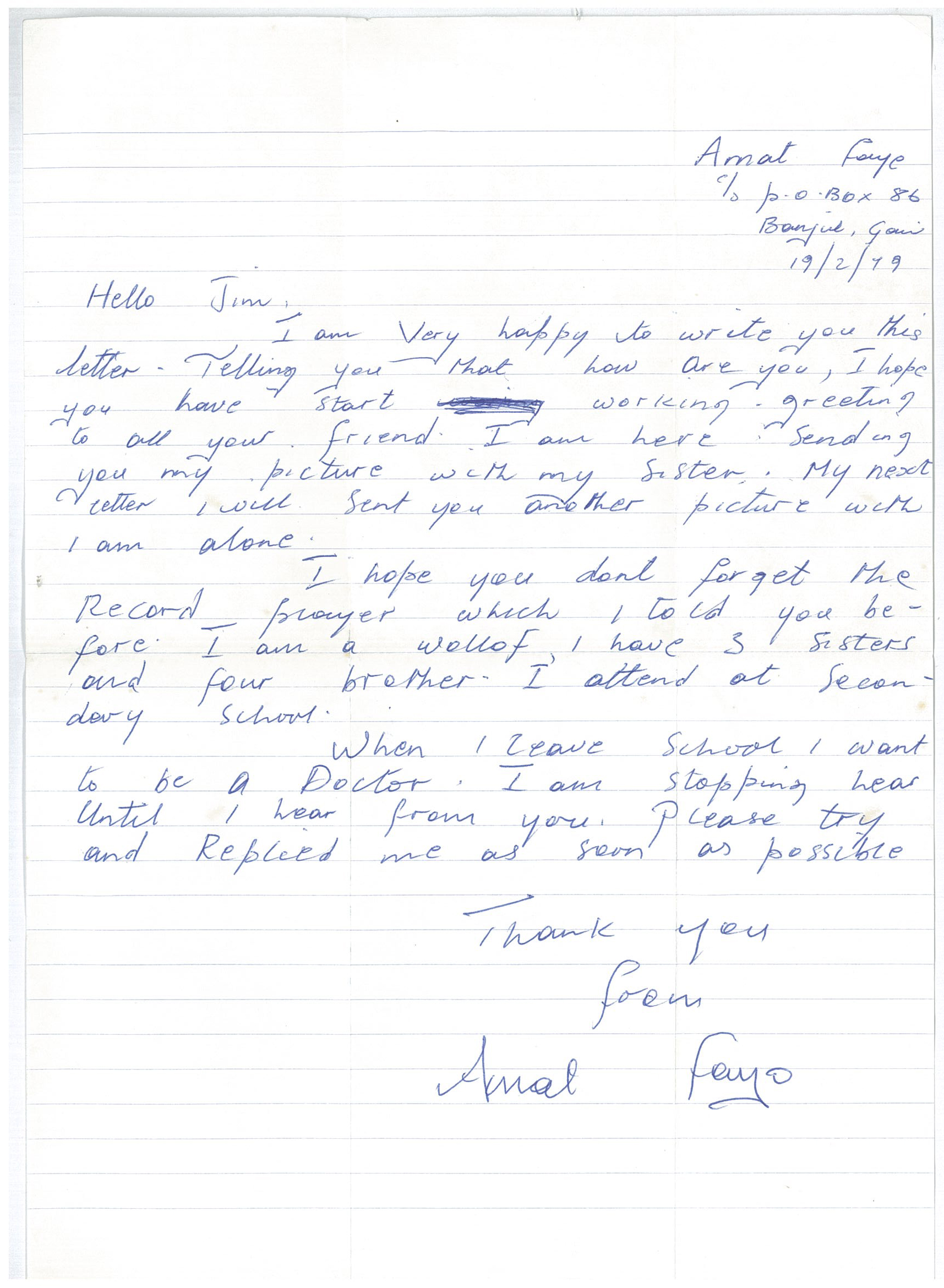
Picture Gallery
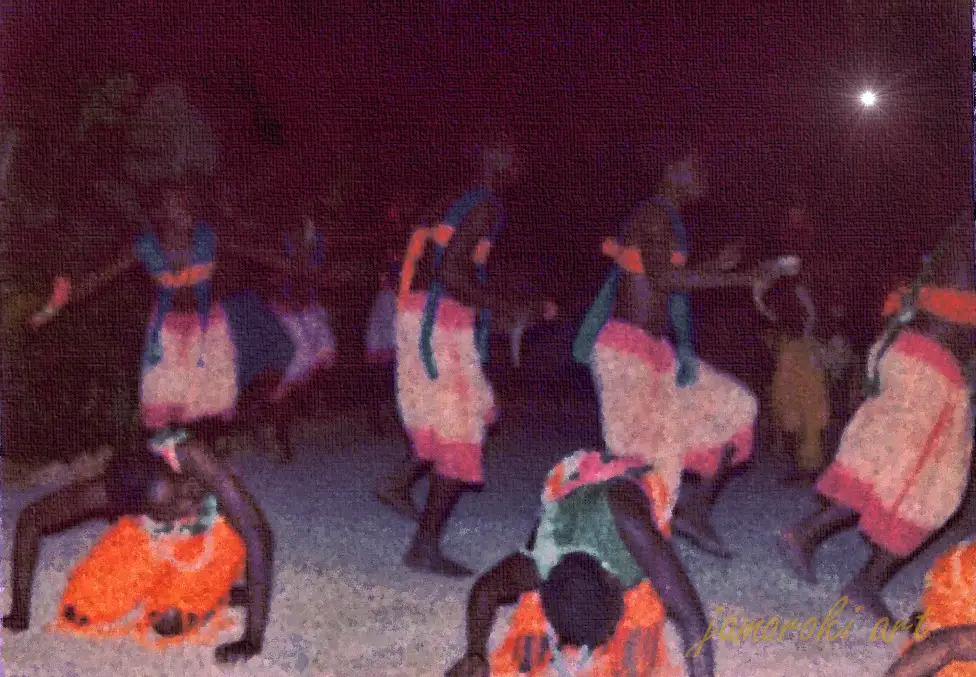

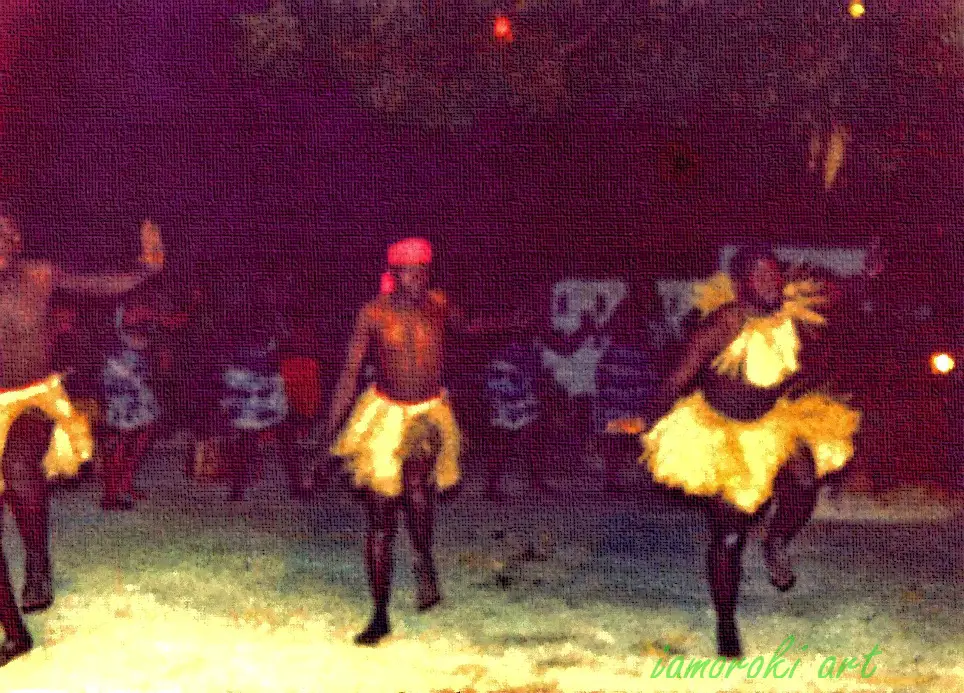
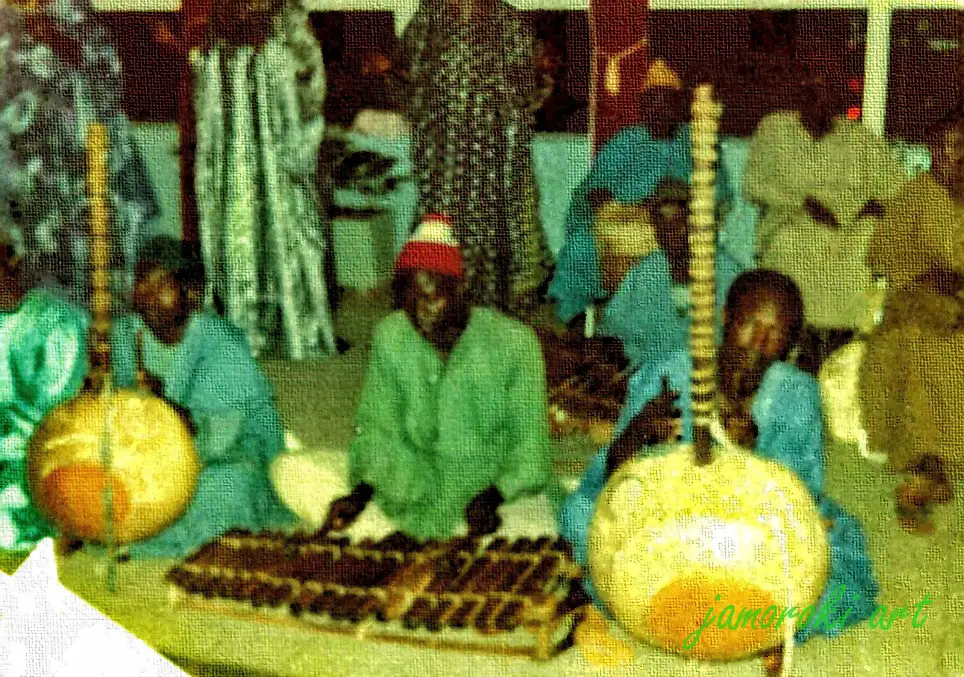
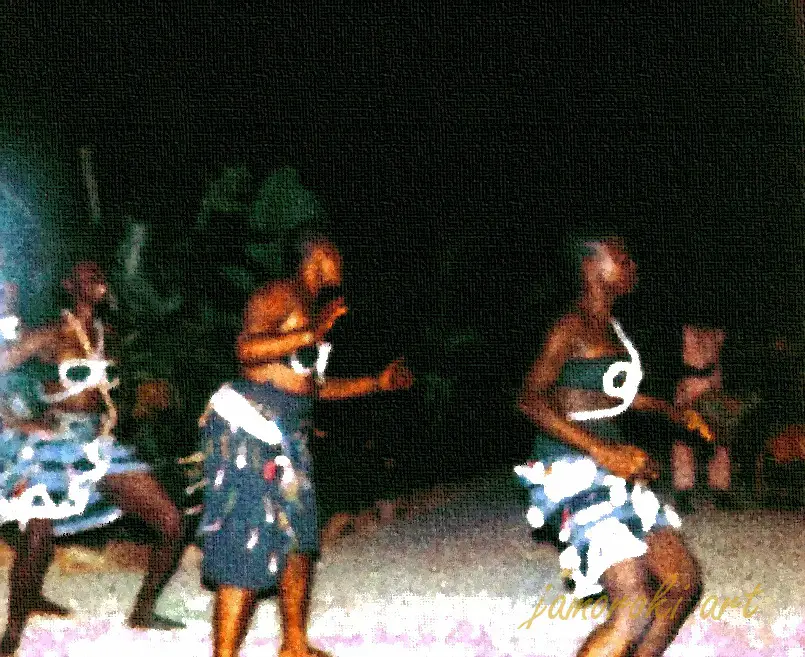
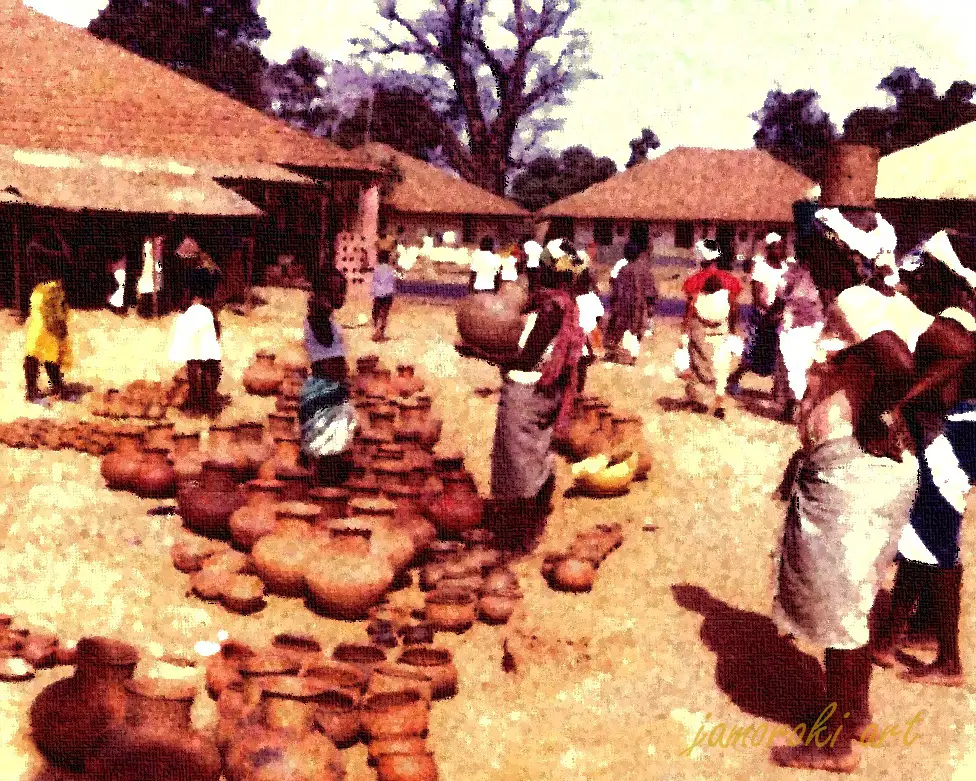


Related Posts
How I recalled my Kenya safari


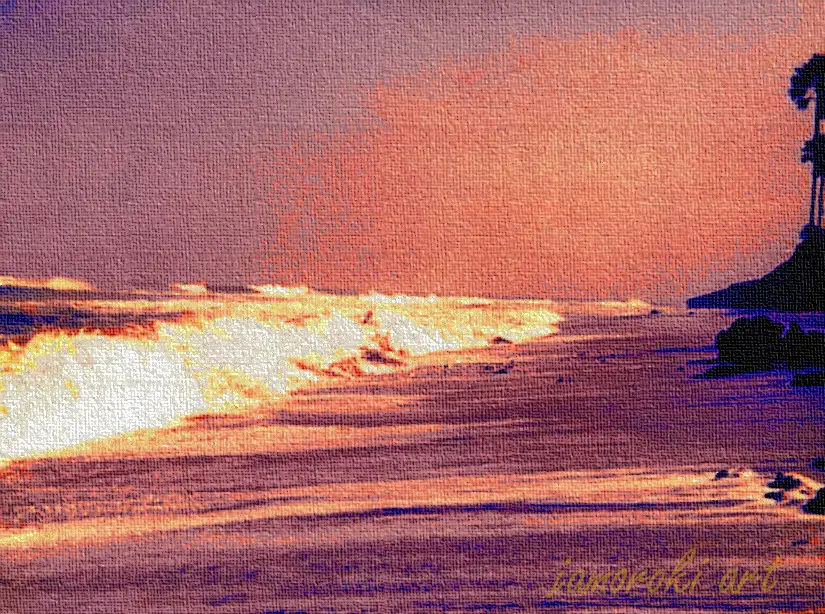

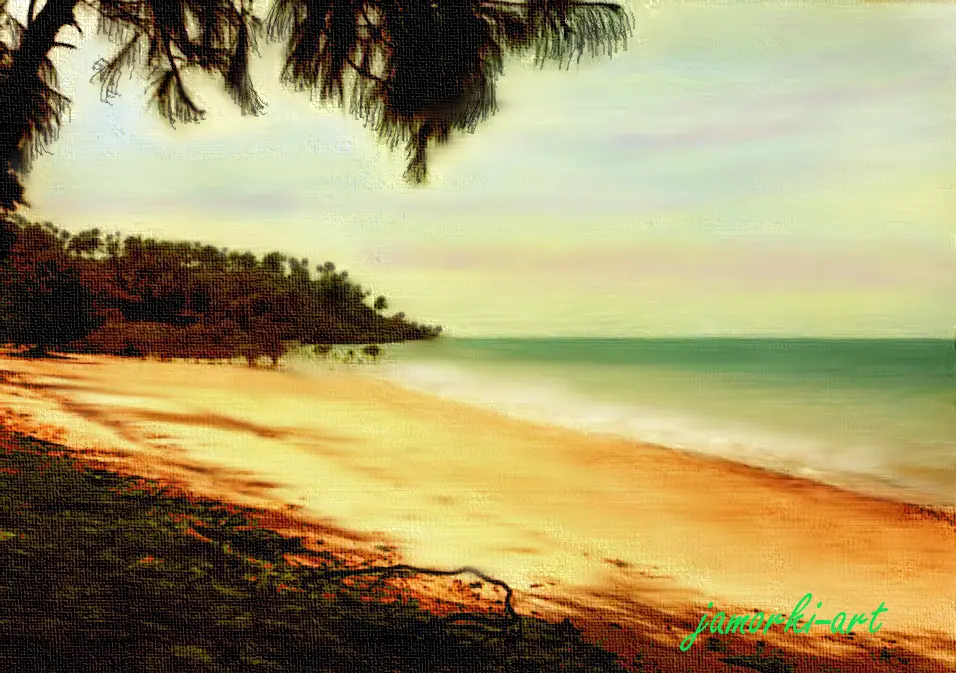

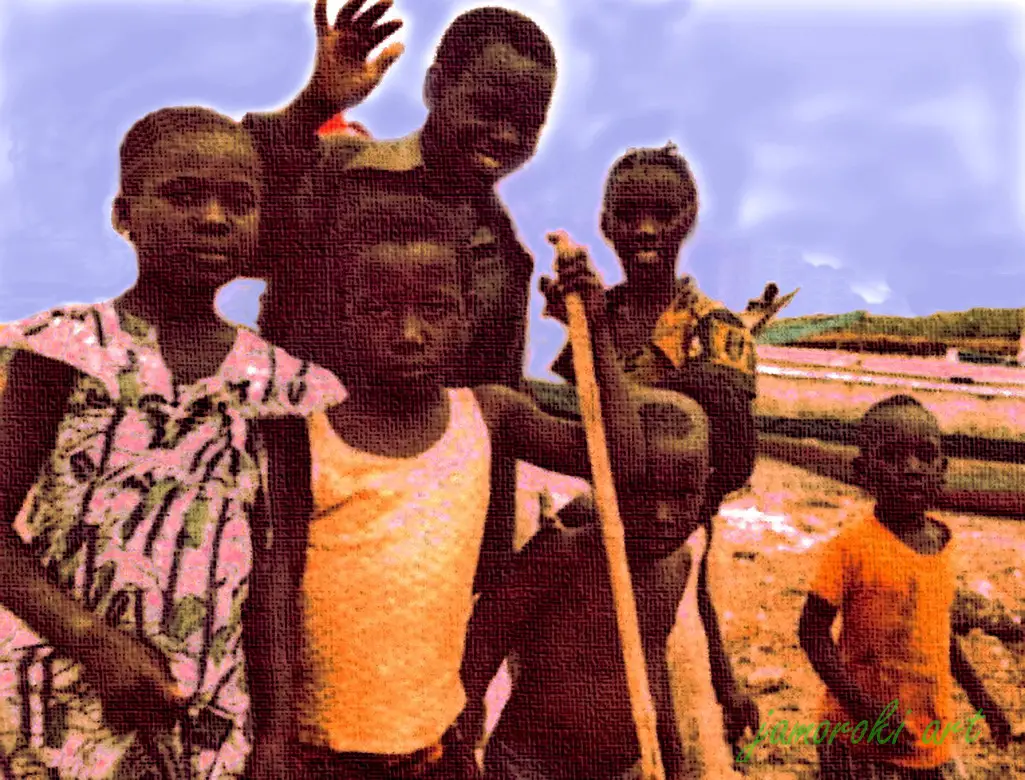
Yes. It’s amazing when you look back, especially when you realise how fast things change in a short time now.
Enjoyable post. Times have changed: I remember my father landing his single engine plane on a deserted beach in Costa Rica where he built a rustic cabin. Now there is a tourist village and a high rise hotel.
Thanks for the comment Gordon. I always knew when I wrote this post there would be someone out there still alive who was there around the same time as me. Keep well. James
Enjoyable read, thanks for the memories.
Visited The Gambia on business in late 1979. Was based in Liberia working for an international audit firm and travelled to Banjul for a few days to audit Atlantic Hotels. Only recall that the majority of the tourists seemed to be rather mature Scandinavian ladies who had a close interest in the young local males!!
My contact in Banjul was an elderly Brit who dove an open top MG. Very personable chap and really enjoyed his company.
I stayed in the centre of town and enjoyed eating and drinking in the open air cafes nearby.
Was a pleasant change from the turmoil that was Monrovia, although, on balance, a more enjoyable location for the younger male!!
Hi Kitty. Thanks for linking my post to yours on the Gamabia. James
Thanks Gaetan. It is quite strange looking back after so many years and remembering how primitive and untouched by tourism it was at that time. Now I think about it there is quite a lot more I could write about that experience but there is always the danger of making blogs too long. I don’t think I would enjoy going back there now. The windowless bus probably has air-conditioning now so I wouldn’t be able to smell the incredible African night air through the window. Keep well, James
Fascinating story!
It’s a pleasure Kathryn. Zemanta sent me to you, amongst others, and you were the one I thought was appropriate to bring my ramblings into the 21st century. So rather, thank you.
Thanks for linking to my article. It was fascinating reading about your experience.